Geoscience Reference
In-Depth Information
Fig. 1. Scale for interpreting the image pixel coloration. Pixel brightness, hue, and saturation
are proportional to the echo signal-to-noise ratio in dB, Doppler shift in m/s, and spectral
width in m/s, respectively. Different axes ranges apply to the different images that follow.
signal-to-noise ratio, Doppler shift, and spectral width, respectively. In this example,
signal-to-noise ratios between 0-30 dB are represented. The range of Doppler velocities
evaluated is controlled by the radar interpulse period and is 300 m/s in this example. By
convention, RMS spectral widths between zero and the maximum Doppler shift are portrayed.
Incoherent integration times for imaging are typically on the order of a few seconds.
Fig. 2. Coherent scatter from
F
region plasma density irregularities associated with equatorial
spread
F
depletions on Feb. 21, 2009. The maximum unaliased Doppler velocity is 300 m/s.
Signal-to-noise ratios shown span 7-32 dB.
Figure 2 shows radar images of field-aligned plasma density irregularities associated with
equatorial spread
F
(ESF), a nighttime phenomenon characterized by plasma interchange
instability and the rapid ascent of depleted plasma wedges from the
F
region bottomside






















































































































































































































































































































































































































































































































































































































































































































































































































































































































































































































































































































































































































































































































































































